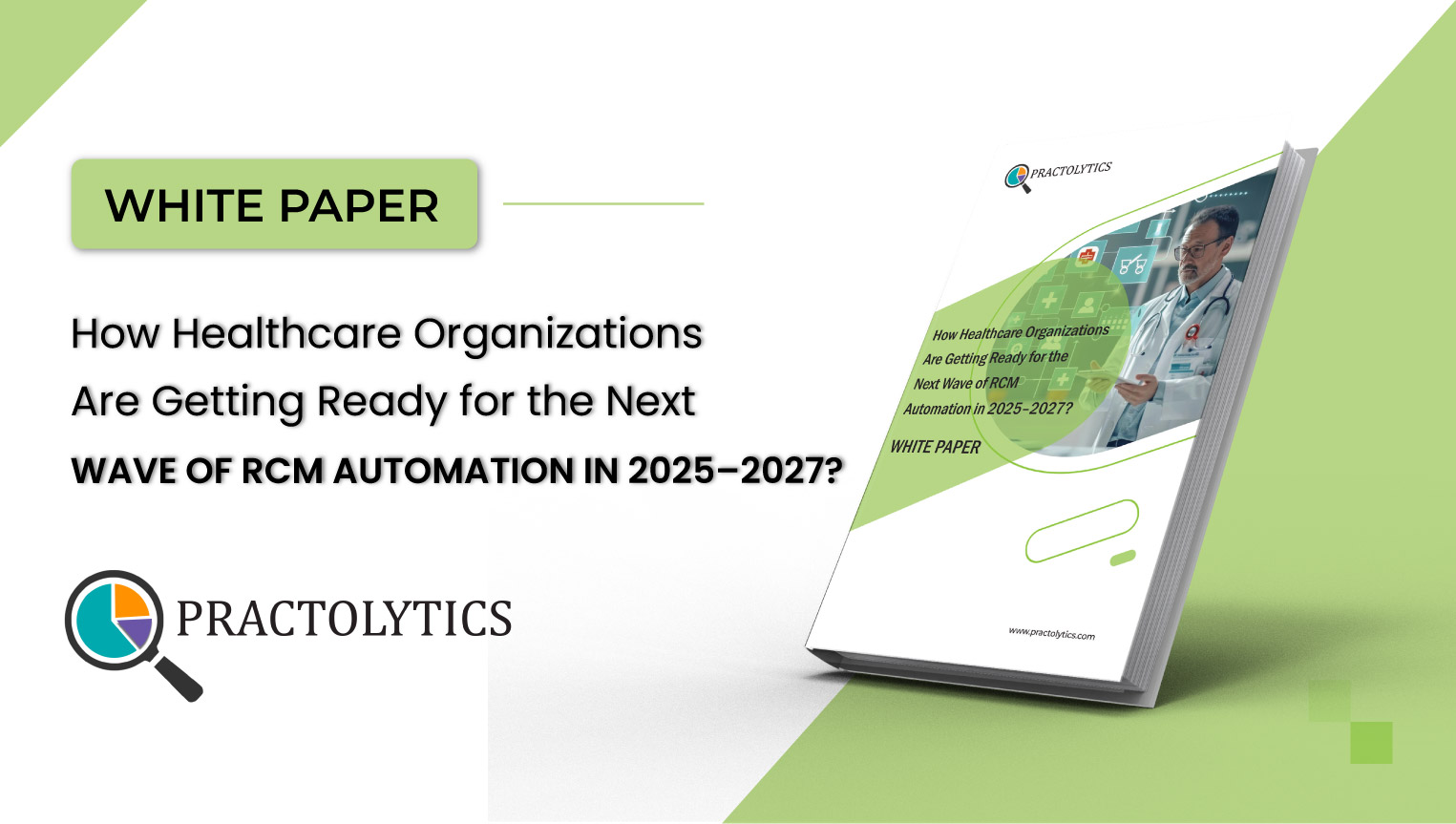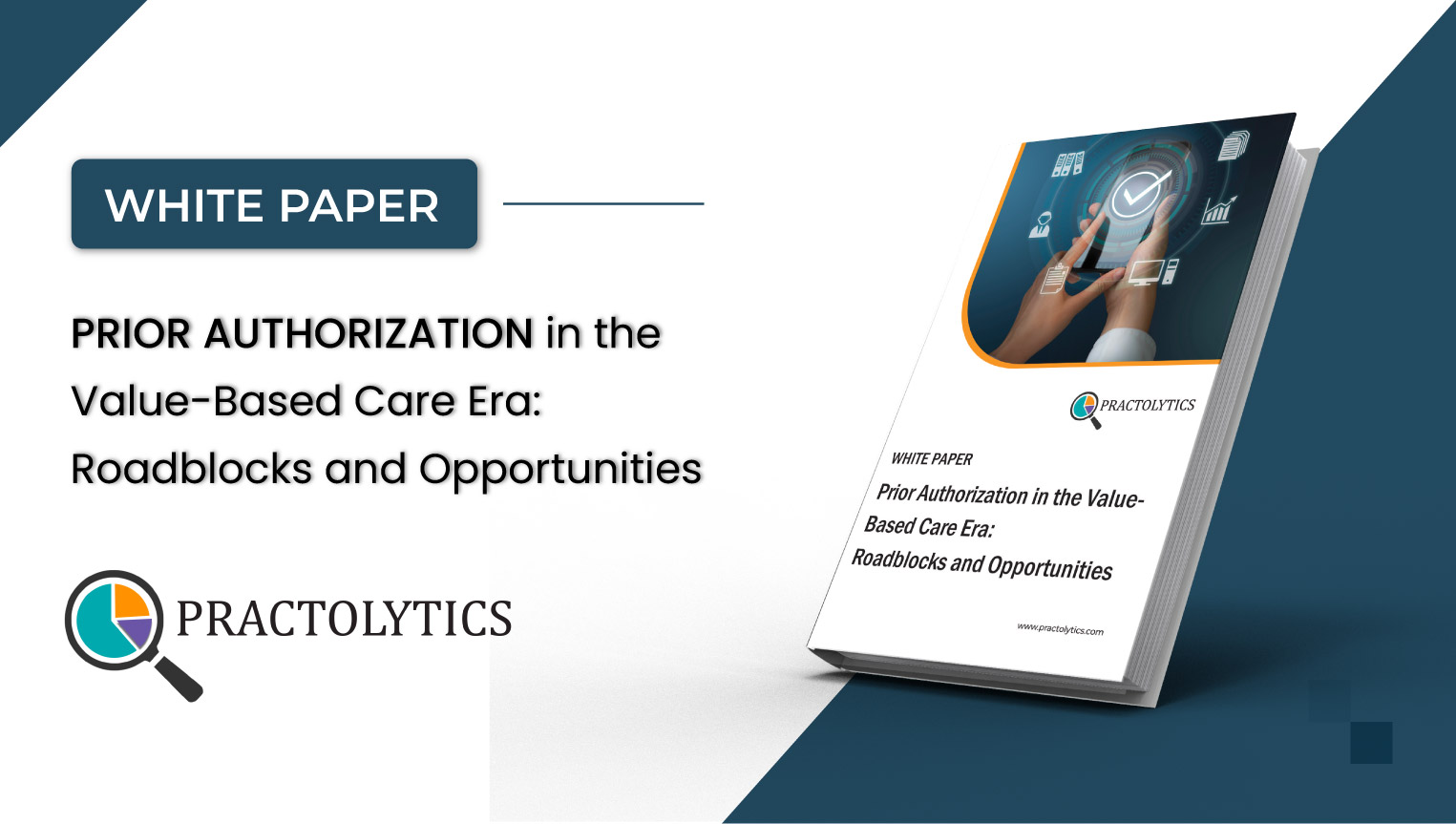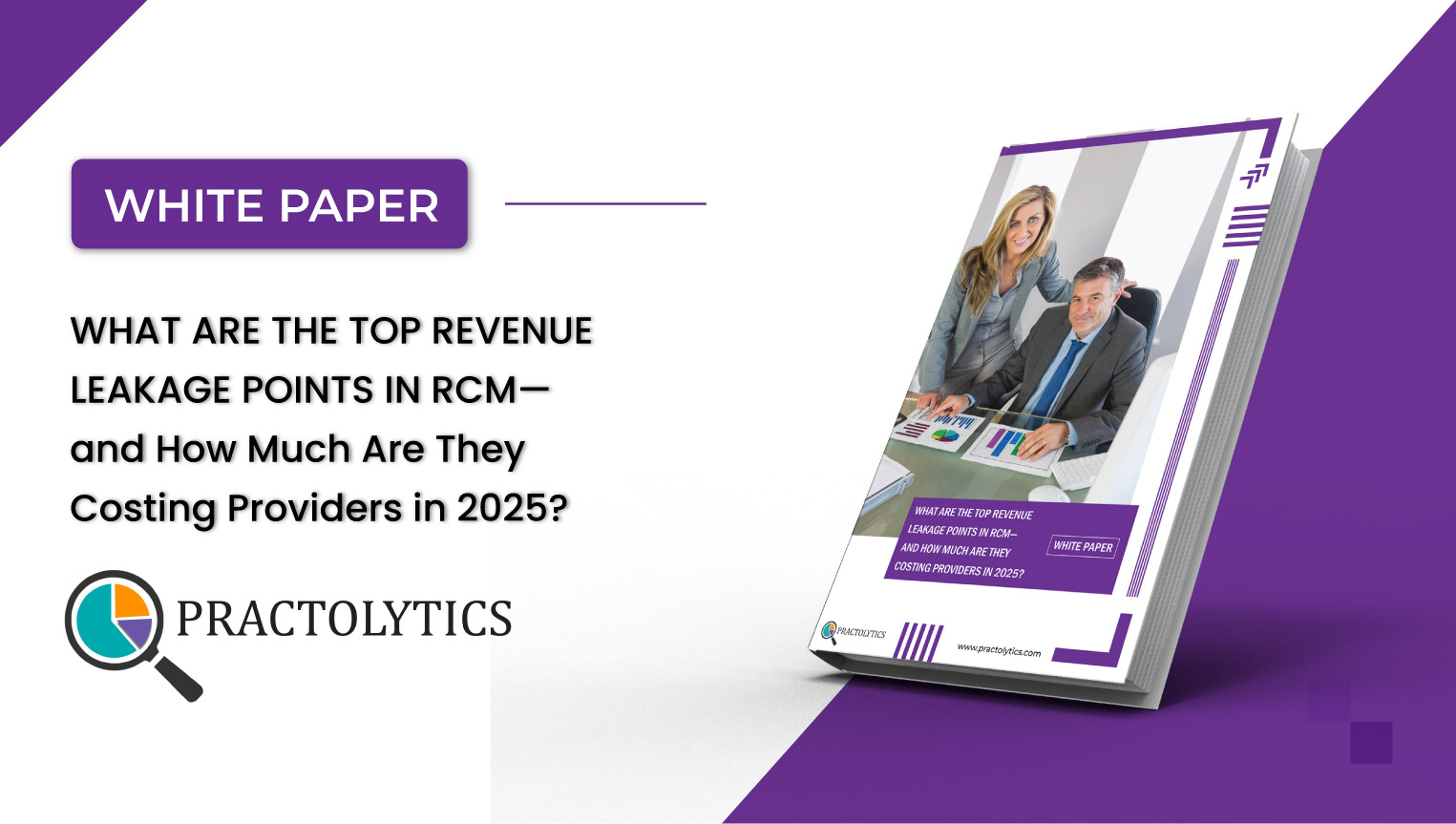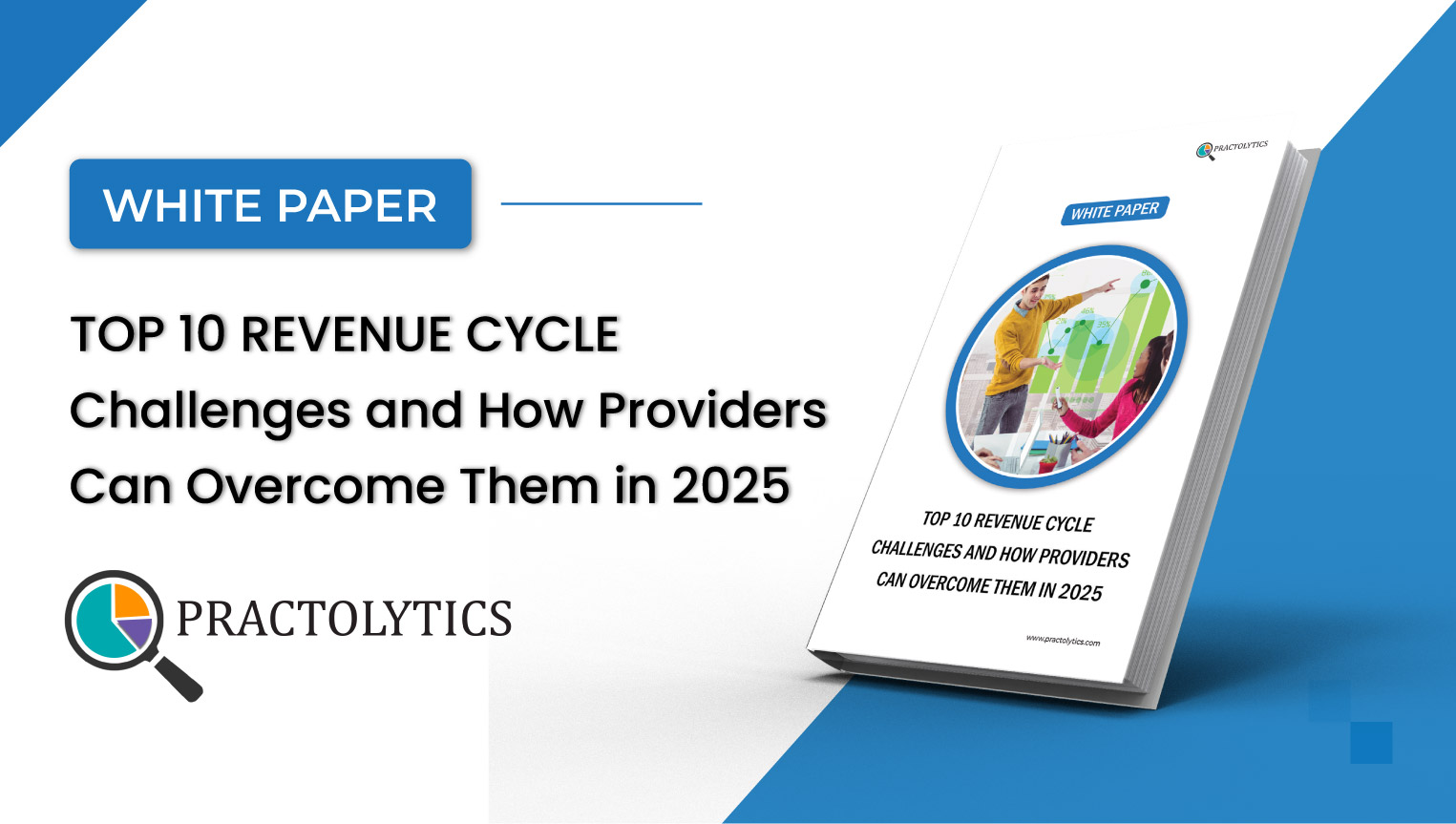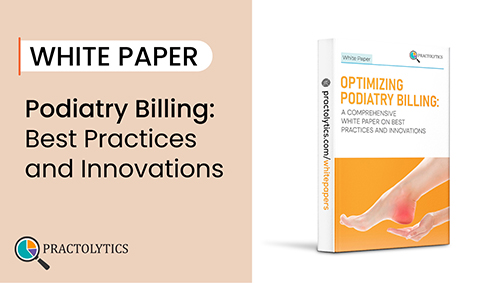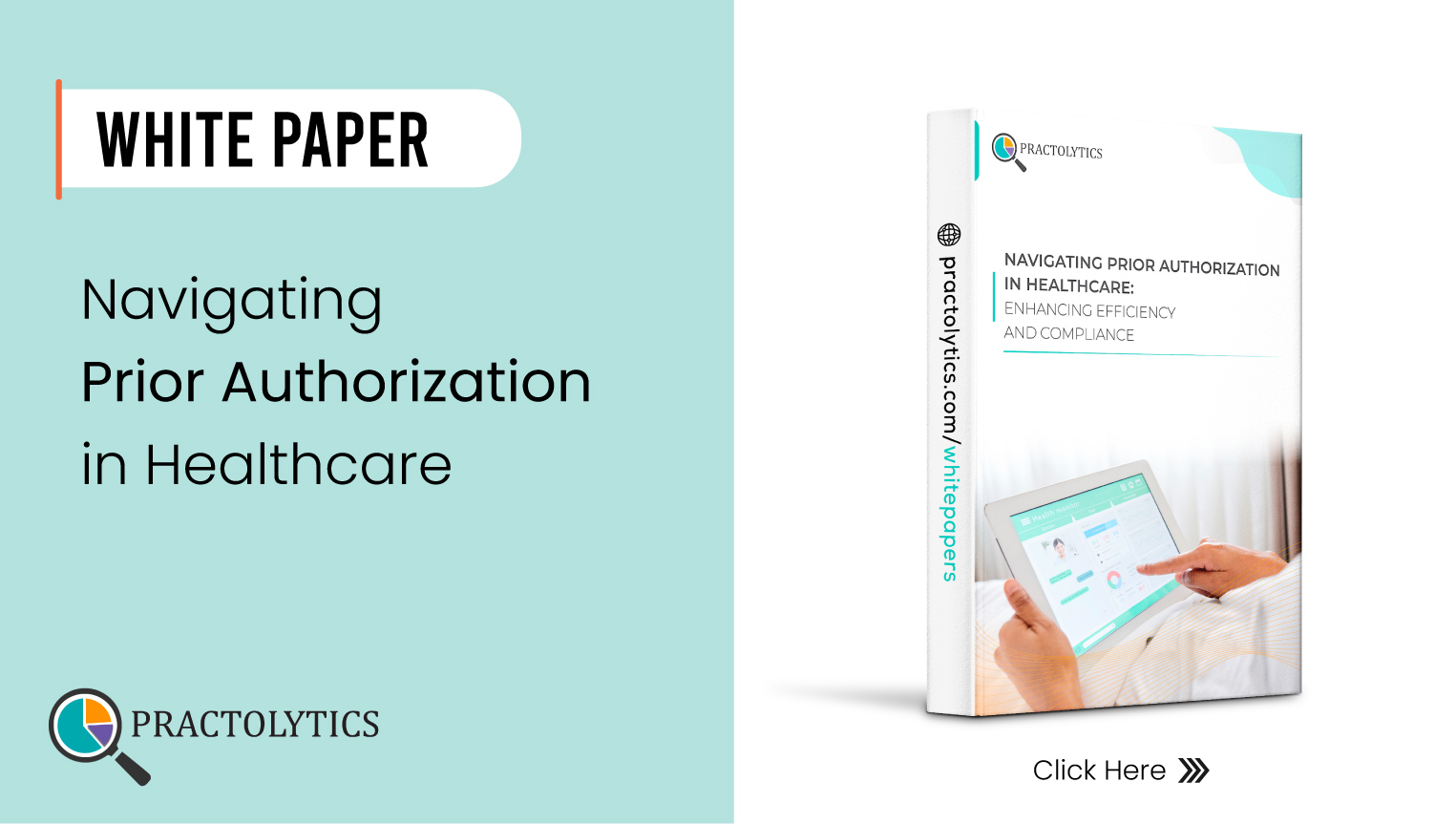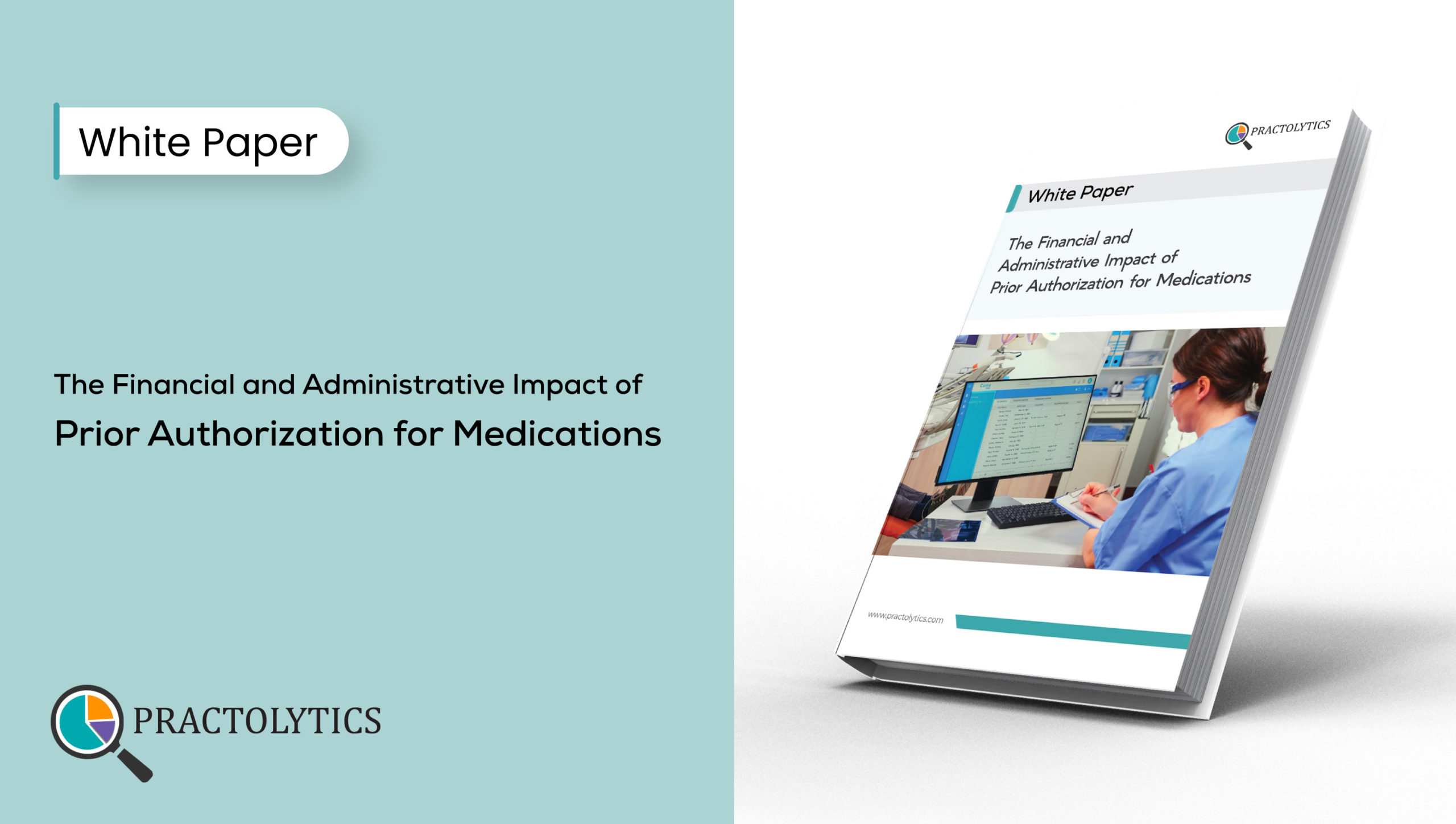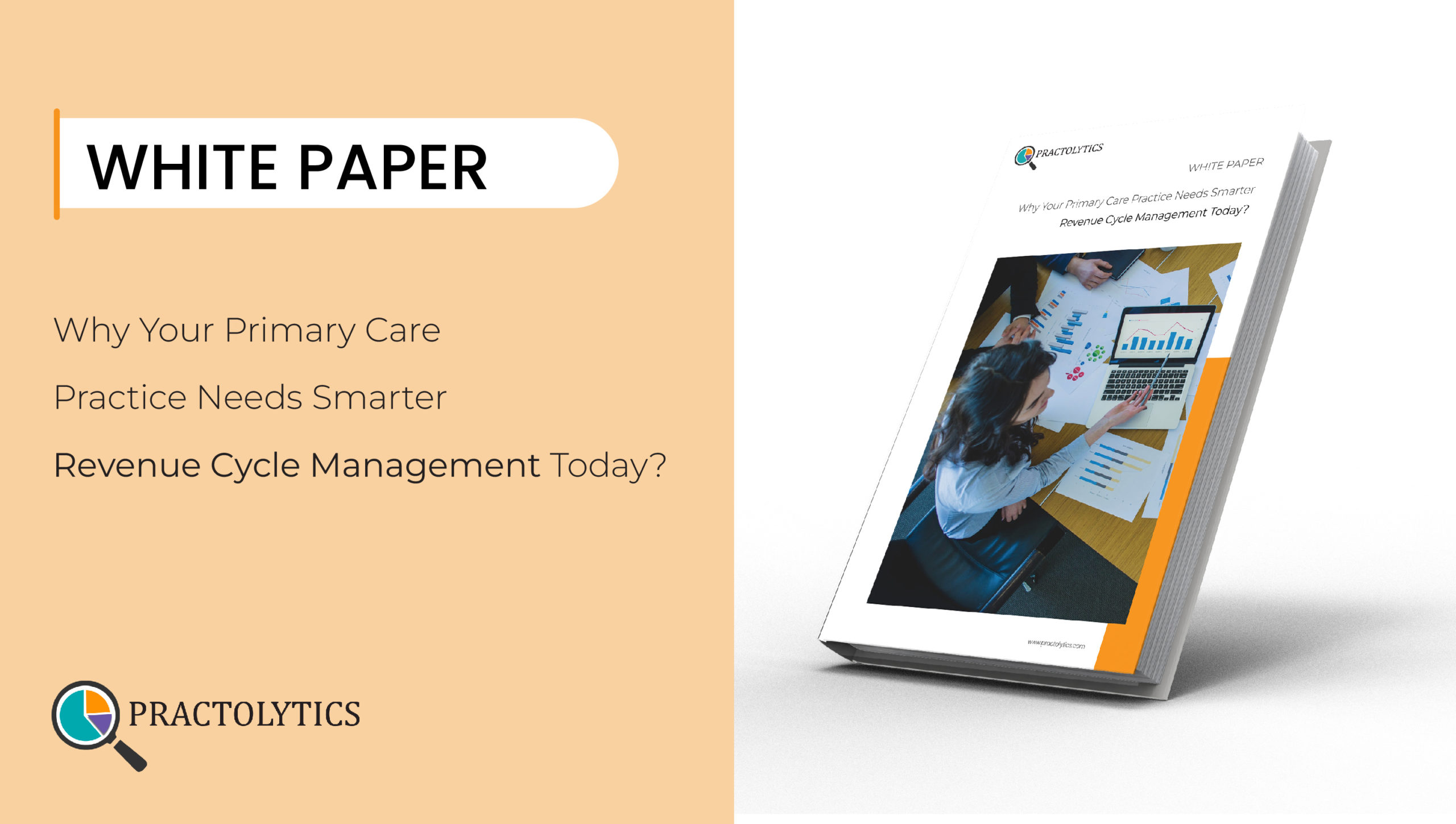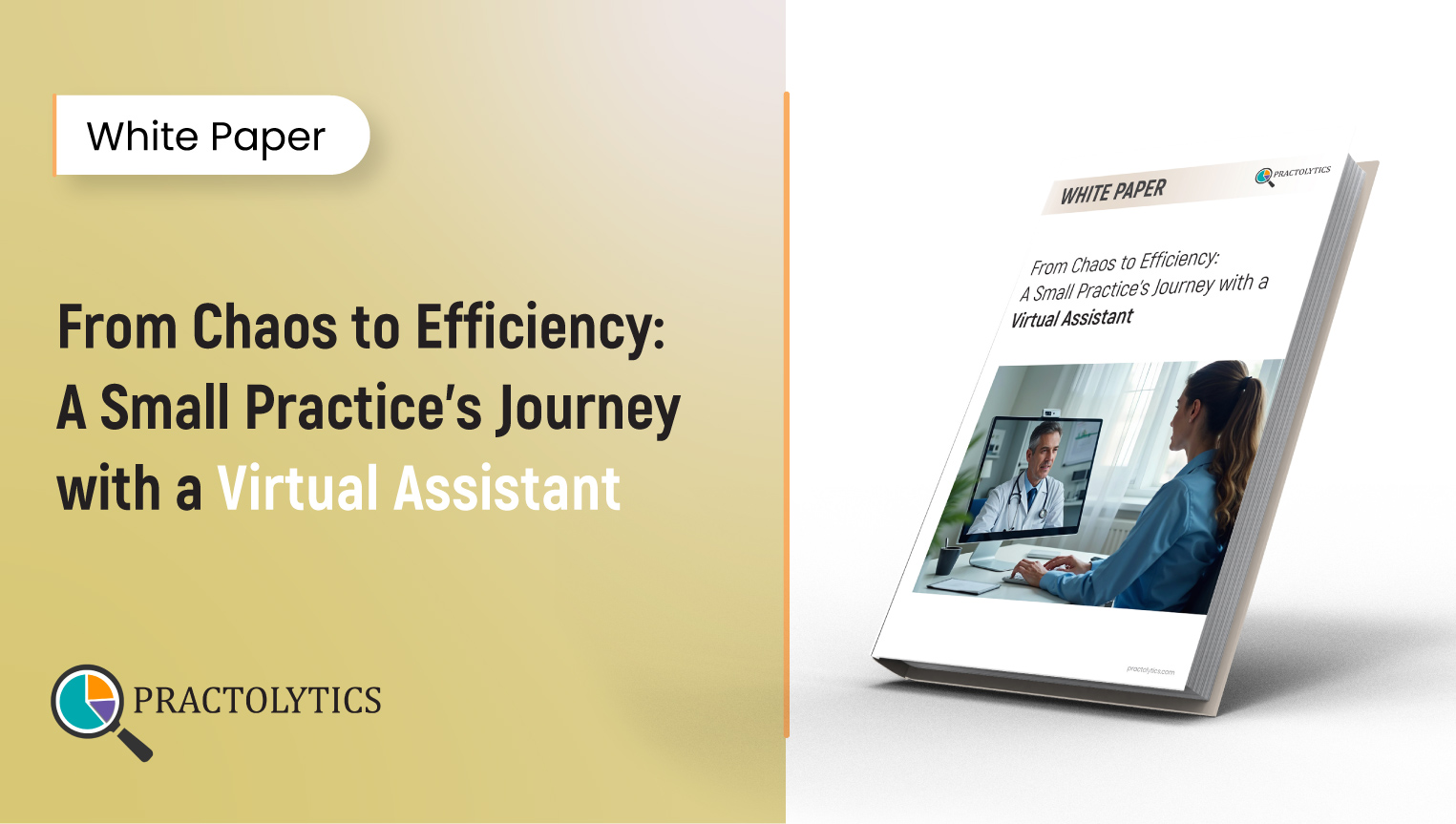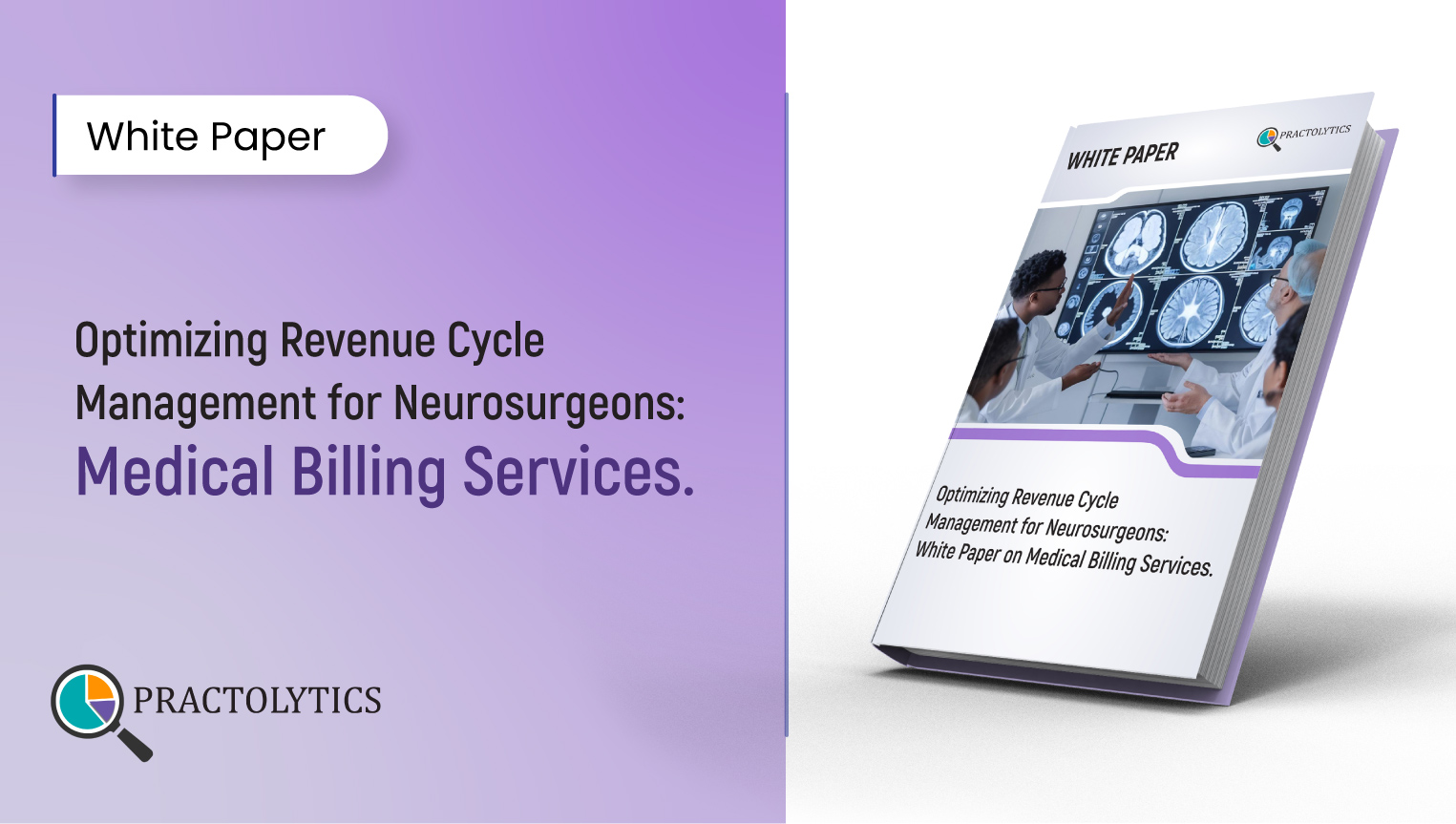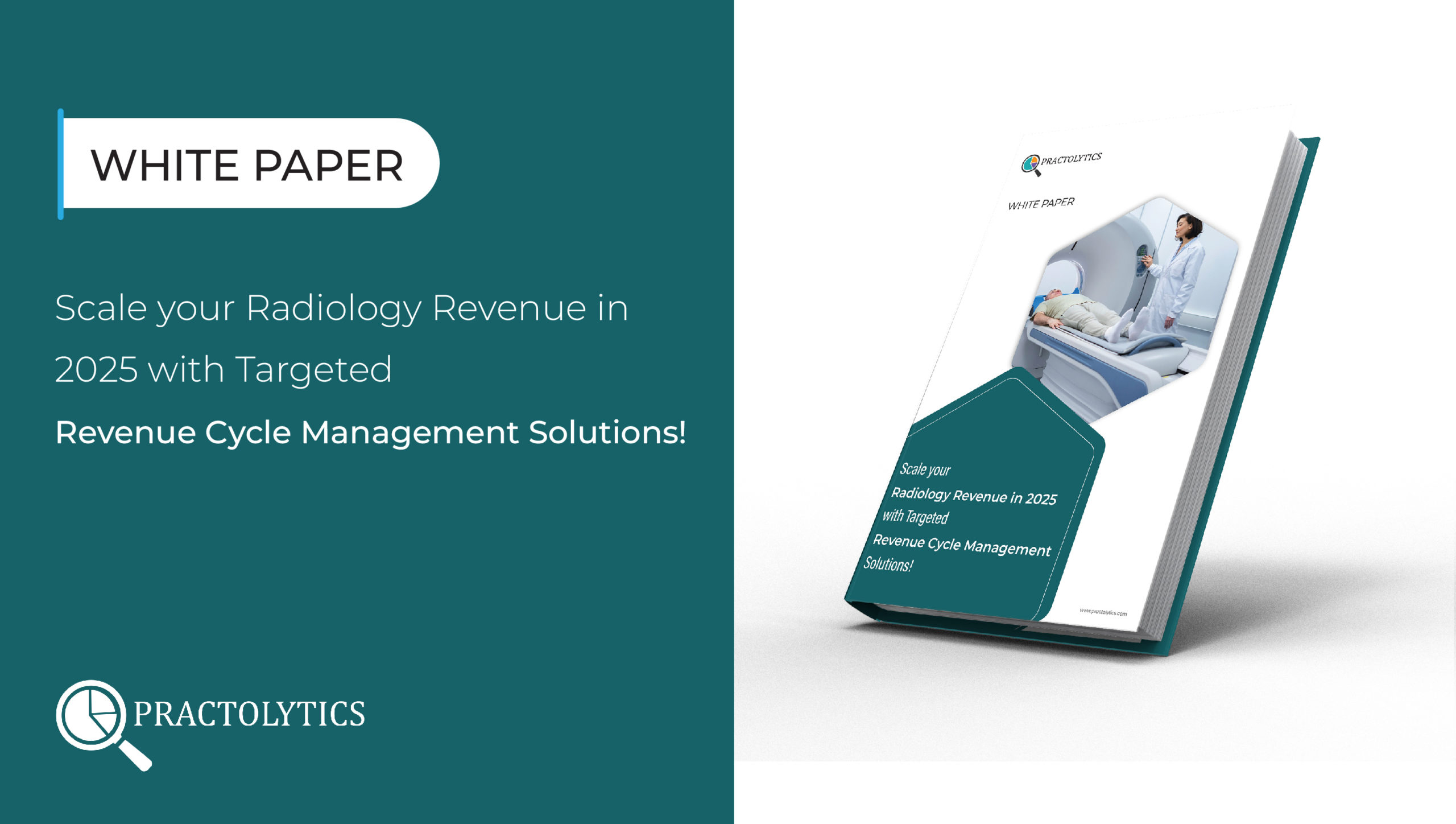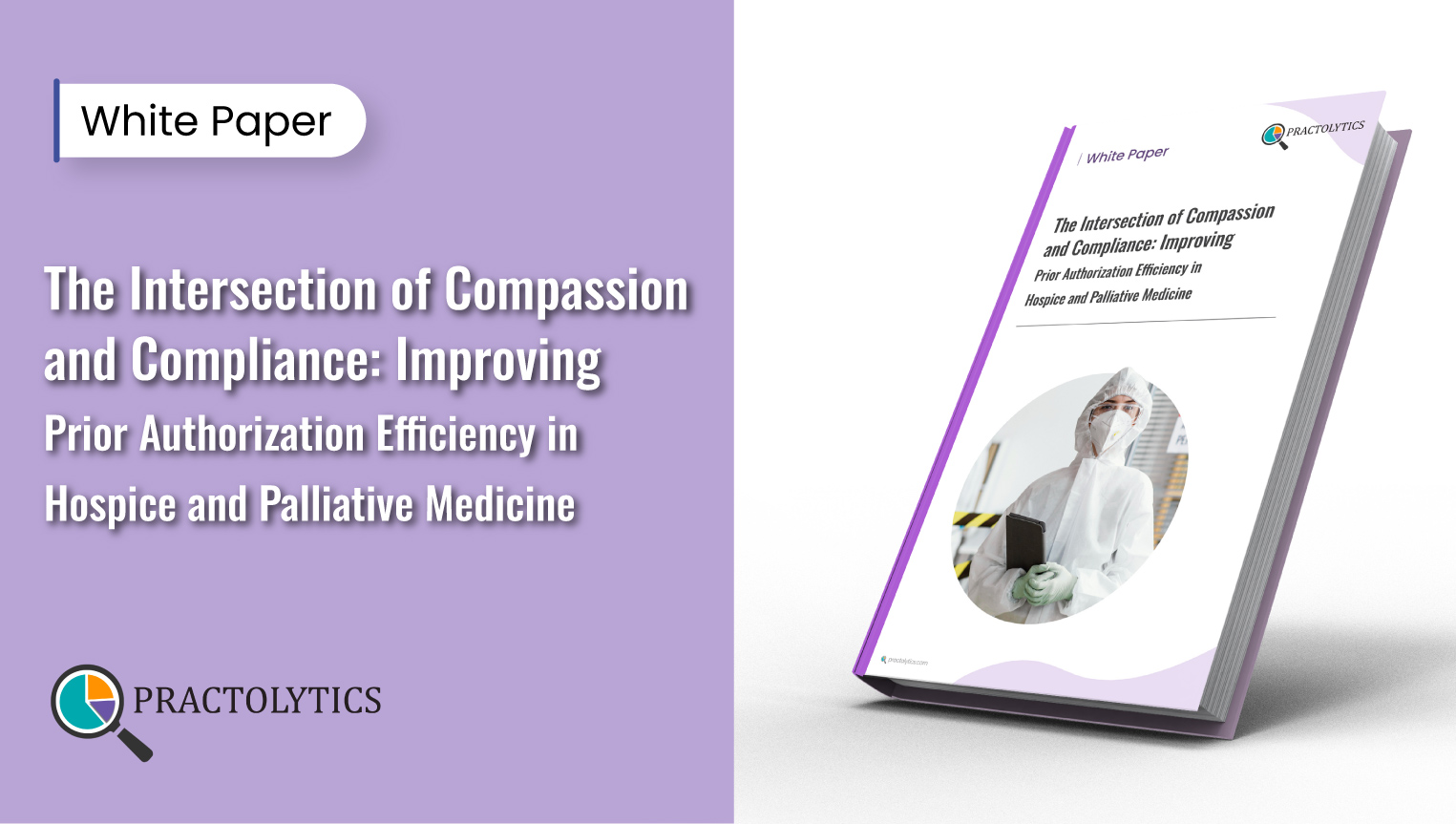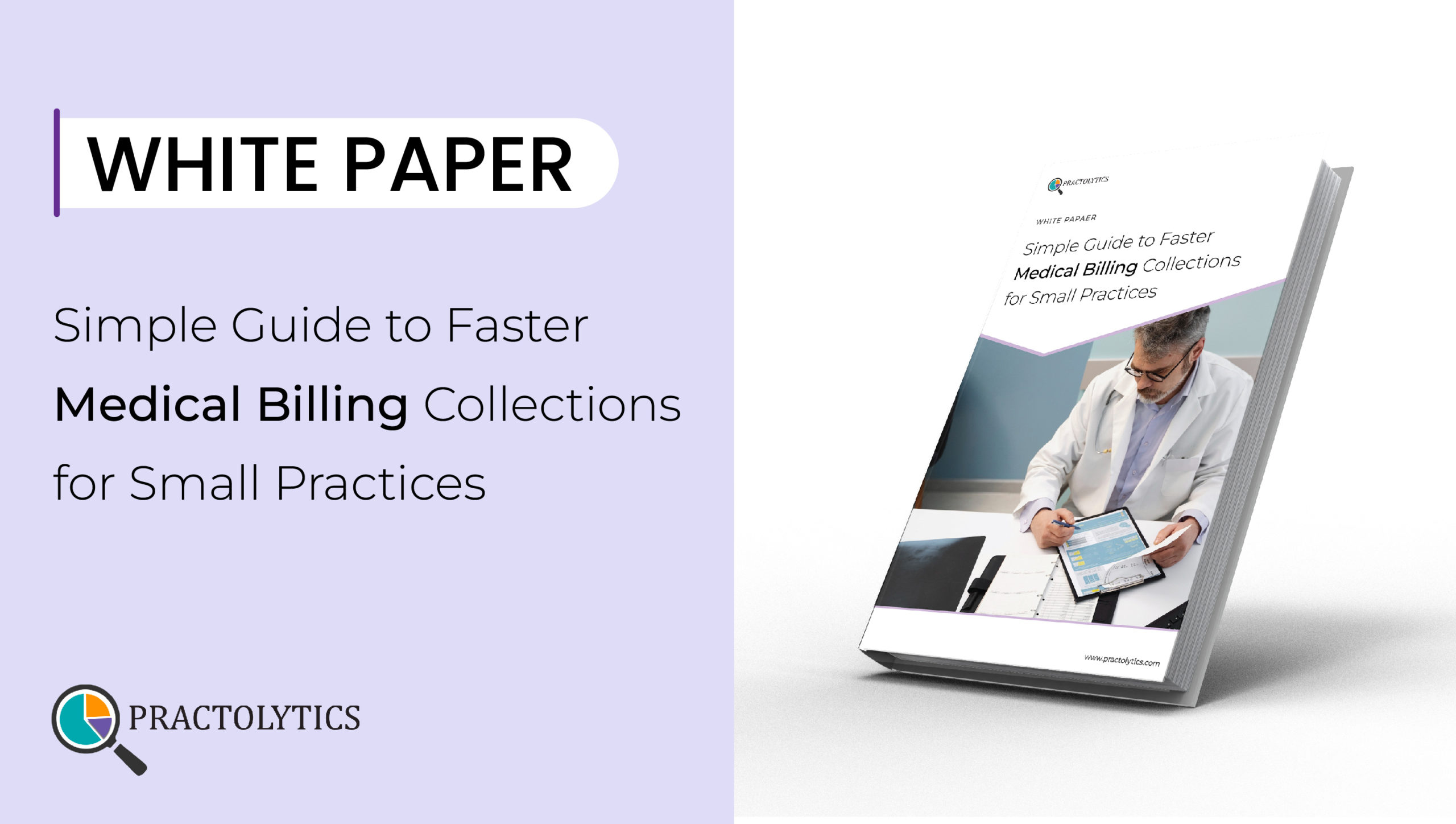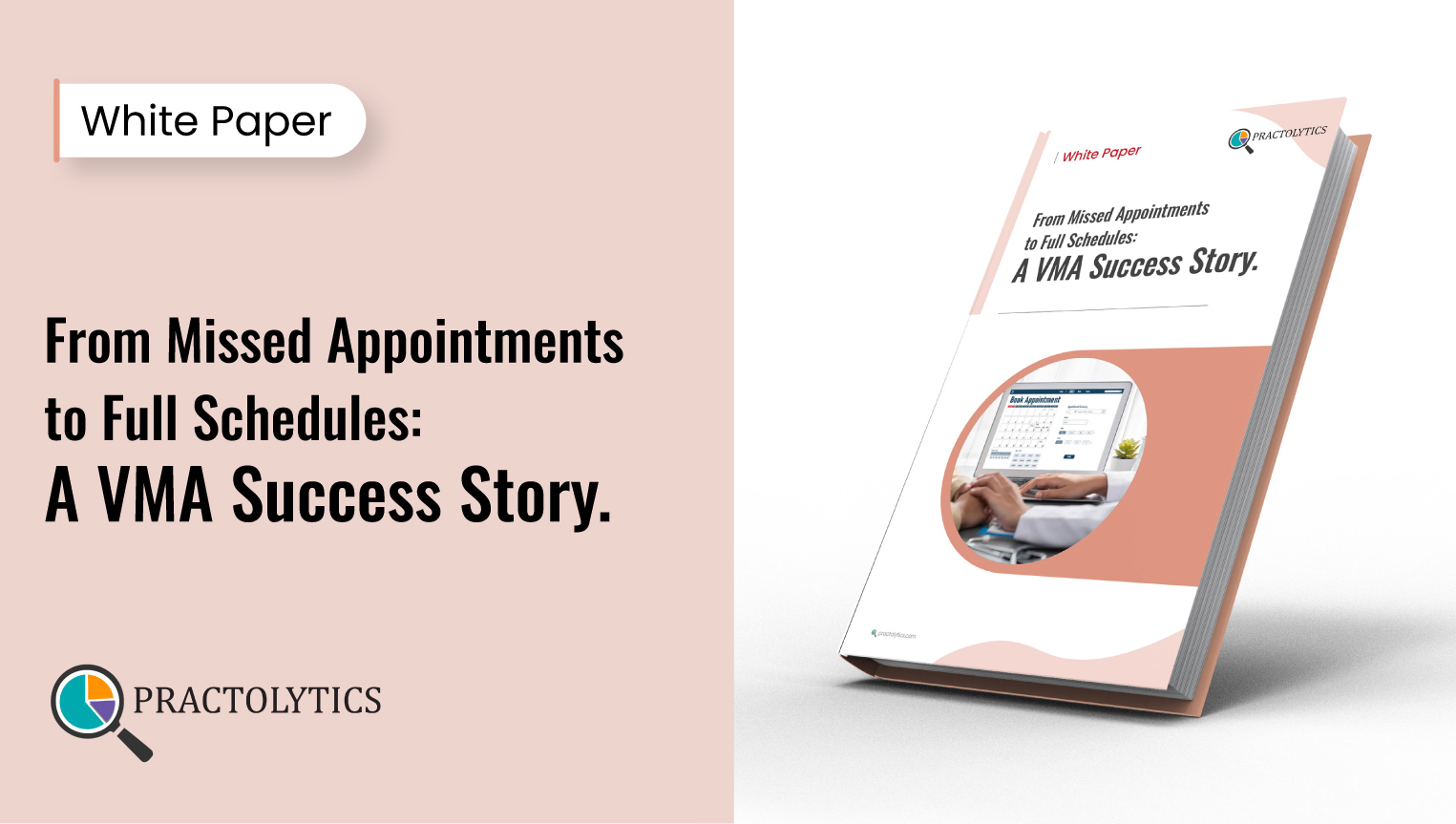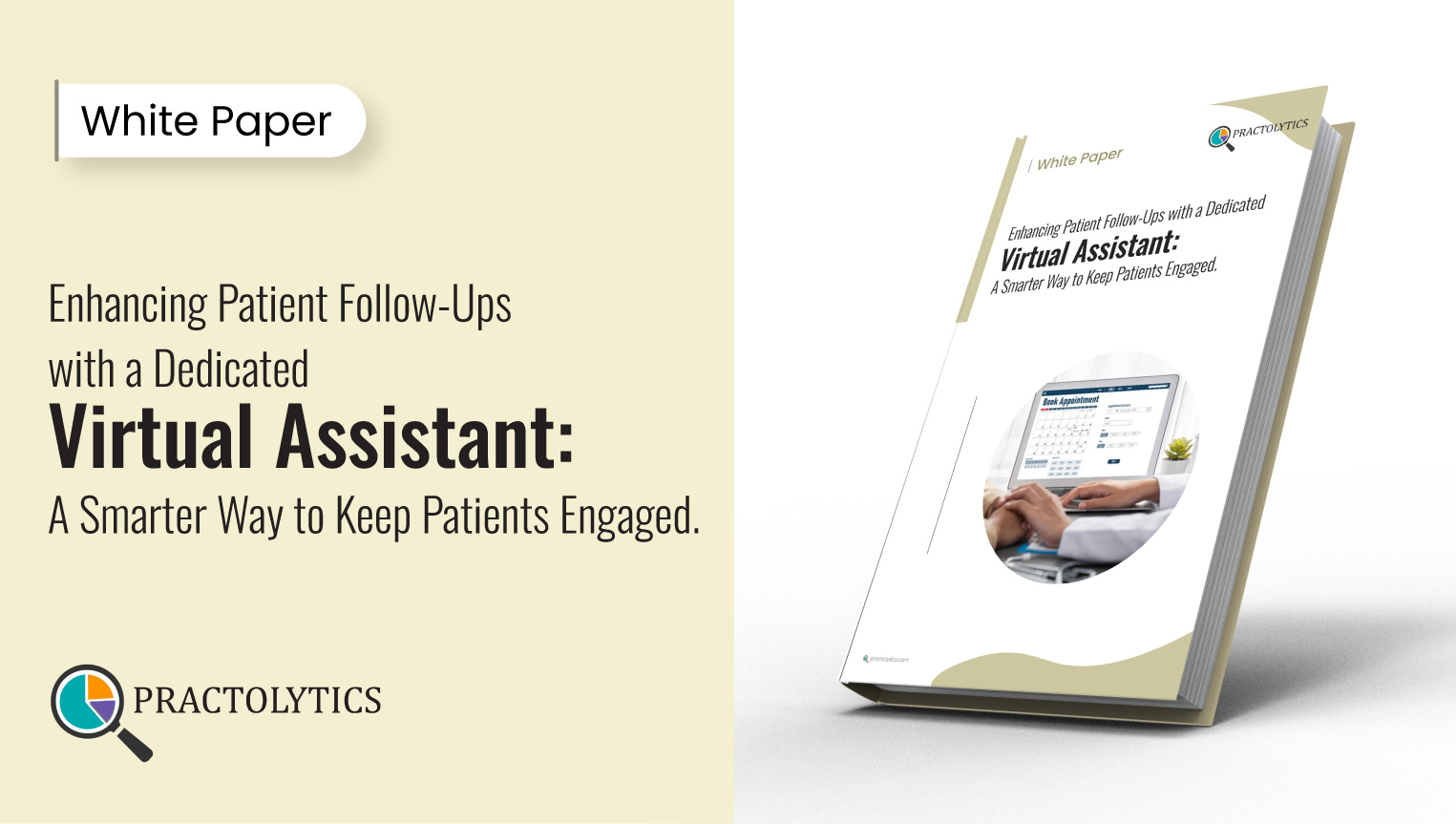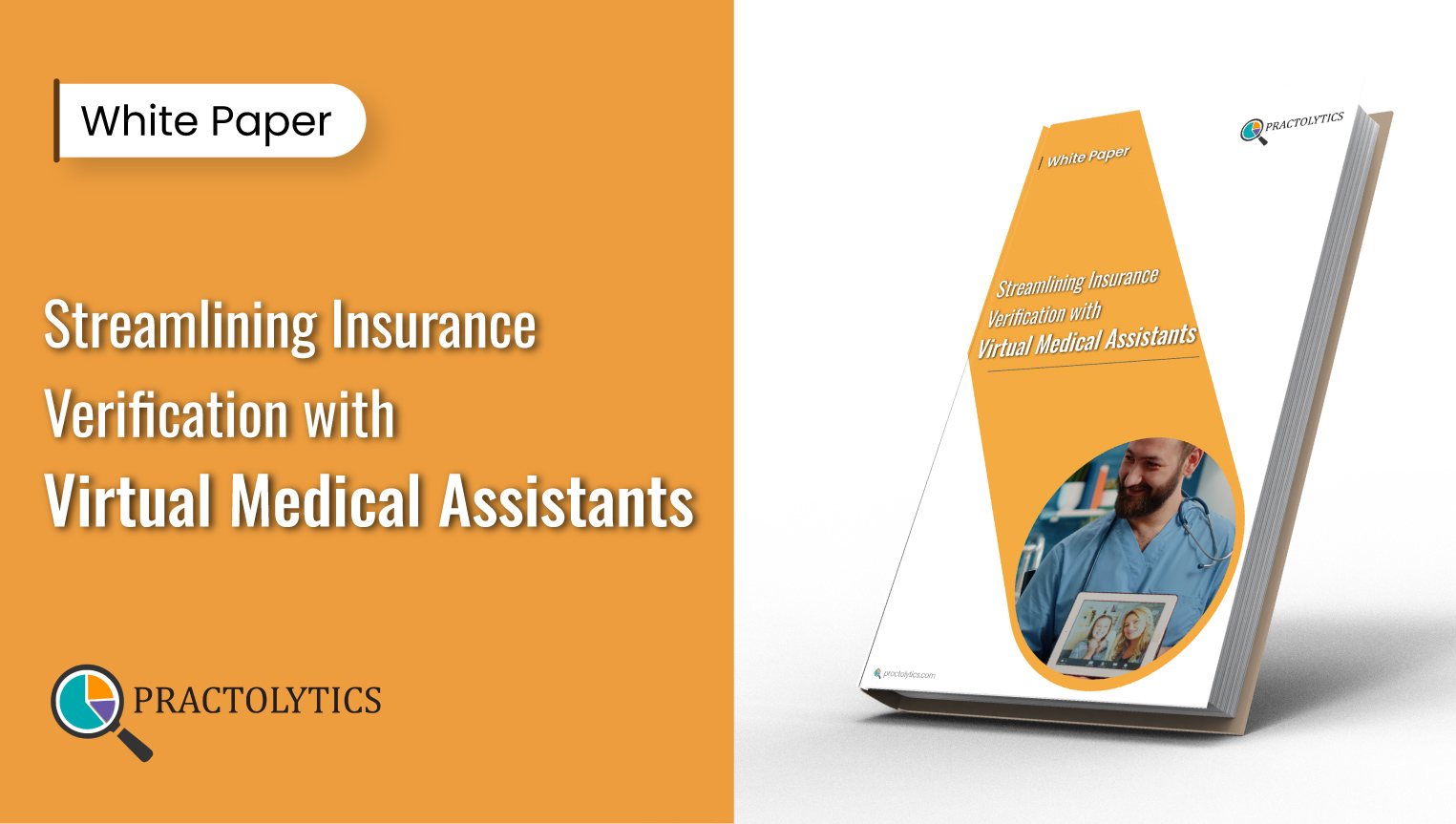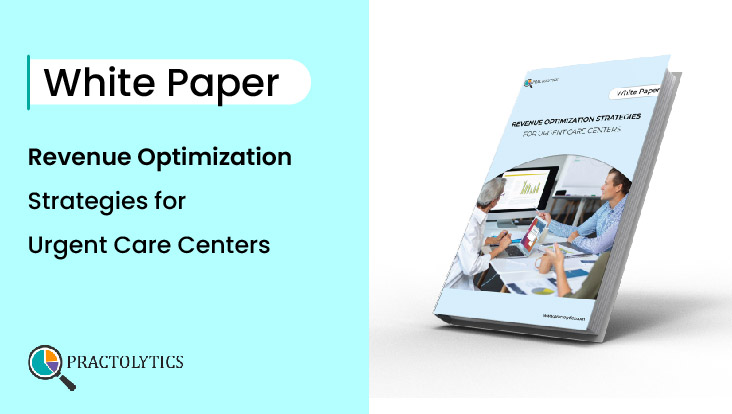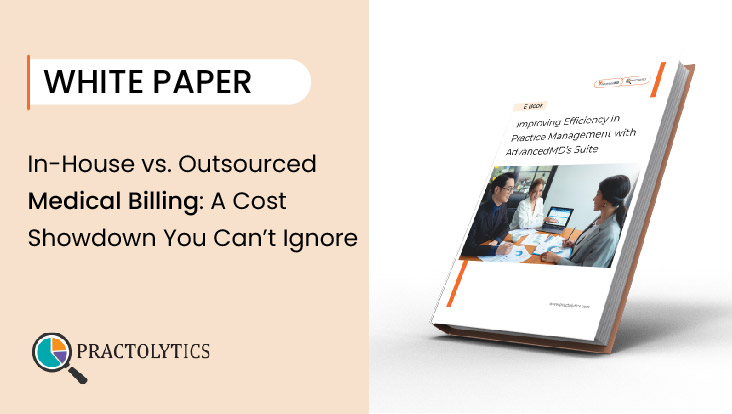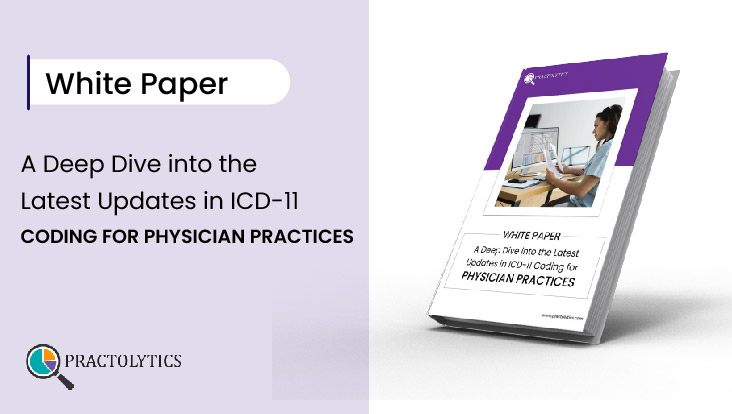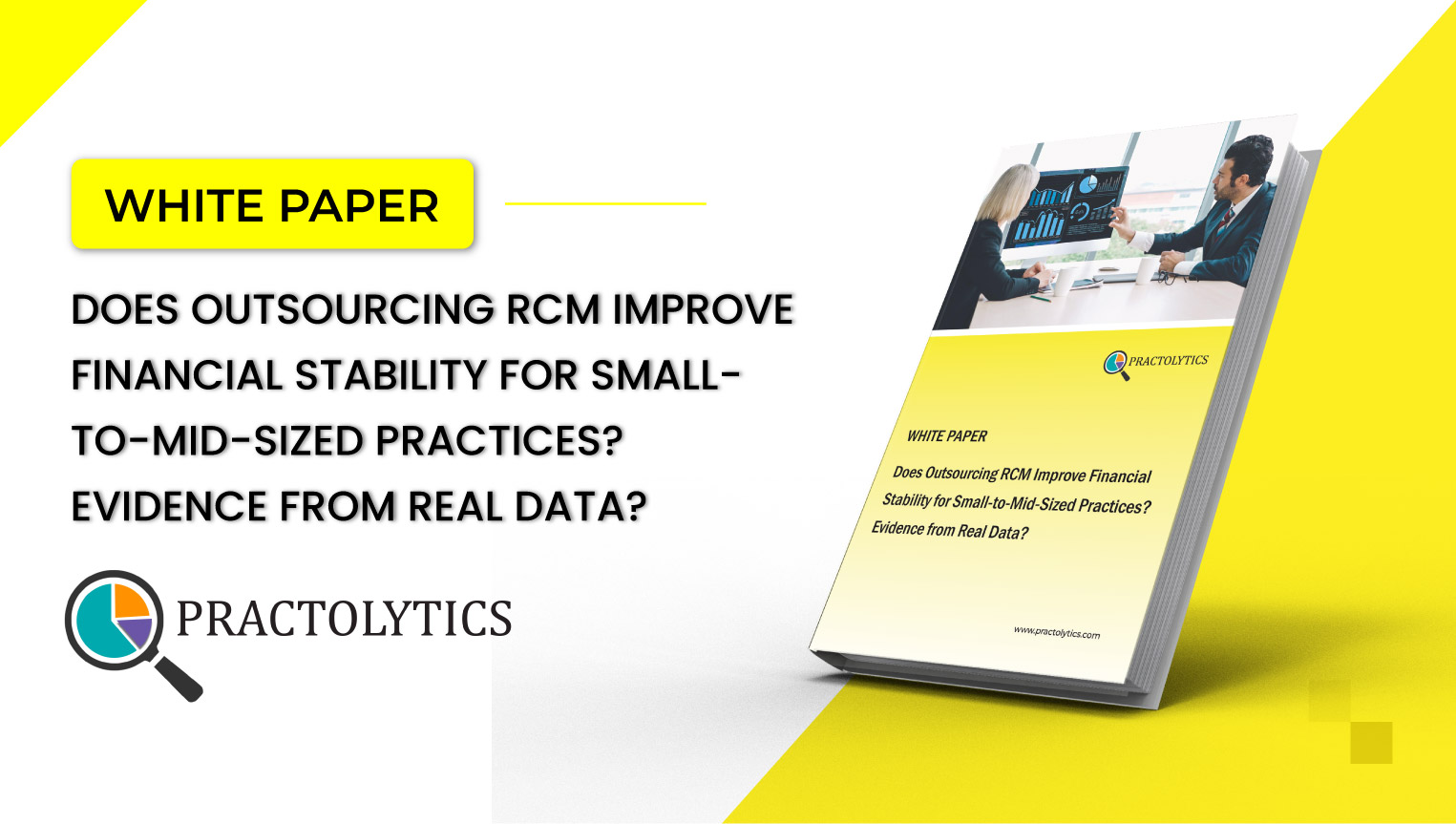Learn how healthcare practices can use RCM automation to reduce errors, get paid faster, and focus on patient care.
Discover how prior authorization impacts value-based care in 2025, the roadblocks it creates, and opportunities to improve patient outcomes.
Discover how AI-driven medical coding reduces compliance risks, prevents billing errors, and helps providers stay aligned with new CMS rules in 2025.
Discover the biggest 2025 RCM revenue leaks, their hidden costs, and practical strategies specialty practices can use to recover income.
Discover hidden costs, risks, and ROI of outsourcing versus in-house medical billing to maximize revenue and streamline your practice.
Discover how faster credentialing increases revenue, reduces delays, and improves patient access to care for specialty practices and providers.
Discover how AI is transforming prior authorization for high-volume specialties, reducing delays, and improving patient care. Download the whitepaper now.
Learn the biggest revenue cycle challenges in 2025 and simple solutions providers can use to boost collections, cut stress, and grow.
Stay on top of 2025 RCM changes. Learn coding, compliance, AI, and PA tips to boost revenue and cut stress.
Explore efficient podiatry billing services through our comprehensive white paper. Streamline your practice’s financial processes for optimal results.
This resource provides in-depth insights into the multifaceted world of billing processes associated with wound care services in healthcare.
Struggling with prior authorization in healthcare? Discover how to streamline this critical process and boost your practice’s efficiency and financial health with our comprehensive white paper.
Prior Authorization is a process through which healthcare providers attain approval for specific treatments, procedures, or medications before their coverage.
As a massage therapist, you live for the care of your patients. Whether your focus is on relaxation, pain relief, or rehabilitation, the world of medical billing often feels foreign, confusing, and overwhelming in comparison to the care side of your practice.
Emergency medicine billing is one of the most complex Revenue Cycle Management (RCM) challenges due to the fast-paced nature of Emergency Departments (EDs), incomplete patient information, and stringent compliance demands.
Streamline prior authorizations in sleep medicine using automation and AI for efficient processes. Implement best practices for improved service quality.
Discover how big data, AI, and automation are transforming prior authorization, reducing delays, and ensuring faster treatment for infectious diseases.
Neurosurgery billing is complex—Practolytics streamlines coding, claims, and revenue management, reducing denials and administrative burdens for neurosurgeons.
Struggling with billing & payments in your primary care practice? Discover how smart Revenue Cycle Management (RCM) ensures faster, hassle-free payments.
Discover how a small medical practice transformed chaos into efficiency with a Virtual Medical Assistant in this insightful Practolytics white paper.
Discover how Practolytics helps neurosurgeons streamline billing, reduce denials, and boost revenue with specialized RCM solutions.
Radiology practices in 2025 face cuts, audits, and payer shifts—demanding a solid revenue strategy beyond just clean claims for financial stability.
Discover how to speed up prior authorization in hospice and palliative care. Learn trends, AI solutions, and best practices to balance compassion and compliance.
Prior authorization slows genomic testing, delaying patient care. Learn how technology and policy changes can streamline approvals for precision medicine.
Discover why top neurology practices rely on Practolytics for accurate billing, faster reimbursements, and expert revenue cycle management support.
Explore how prior authorization delays impact urgent care clinics financially and operationally and how solutions like Practolytics ease the burden.
Discover how virtual assistants help small medical practices simplify billing, reduce costs, improve cash flow, and free staff to focus on patient care.
Explore how delays in prior authorization affect emergency care and how expert support like Practolytics helps hospitals act fast when every second counts.
Learn how small practices can collect payments faster with 7 simple Medical Billing steps. Avoid delays, reduce denials, and boost cash flow today.
Learn the key differences between credentialing and enrollment, avoid delays, and keep your clinic ready to bill from day one with smart strategies.
Explore how prior authorization affects patient care in 2025, causing treatment delays, stress, and challenges for both providers and patients.
Discover how Virtual Medical Assistants helped a family medicine practice cut no-shows by 40%, boost revenue, and streamline operations in just 90 days.
Avoid costly mistakes by spotting red flags in insurance contracts. Learn how to protect your practice, revenue, and patients with smart contract reviews.
Boost patient engagement and reduce no-shows with a Virtual Medical Assistant. Automate follow-ups, reminders, and care tracking—efficiently and personally.
Insurance Verification with Virtual Medical Assistants helps reduce delays, prevent denials, and improve cash flow while easing the burden on your front-desk staff.
Discover 7 proven strategies to boost revenue, reduce denials, and streamline operations in urgent care with expert RCM support from Practolytics.
Discover the true cost of in-house vs outsourced medical billing. Compare labor, denial rates, compliance, and savings to choose the best option for your practice.
Explore key Updates in ICD-11 Coding for Physician Practices. Learn how to prepare early, avoid billing issues, and improve coding accuracy with simple steps.
Discover how remote medical billing helps healthcare practices overcome labor shortages, cut costs, and boost revenue efficiency.
See how outsourcing RCM cuts denials, speeds up payments, and keeps small-to-mid-sized practices financially healthy and stress-free.
Explore how prior authorization delays raise hidden admin costs, slow care, and harm outcomes — and how clinics can fix them with smarter workflows.
Best Practices for HCC, E/M, and Interoperability with practical steps to improve risk scores, reduce denials, strengthen compliance, and protect revenue.
Get in Touch for Seamless Eligibility Verification
Stay in the loop
Sign up for our Monthly Newsletter
By subscribing, I consent to the processing of the personal data that I provide Practolytics in accordance with and as described in the privacy policy.



